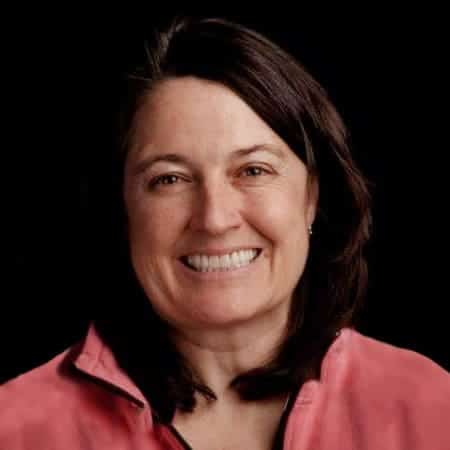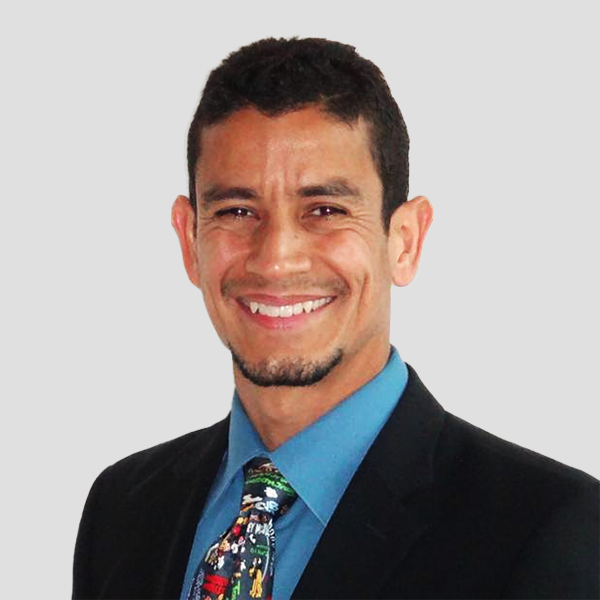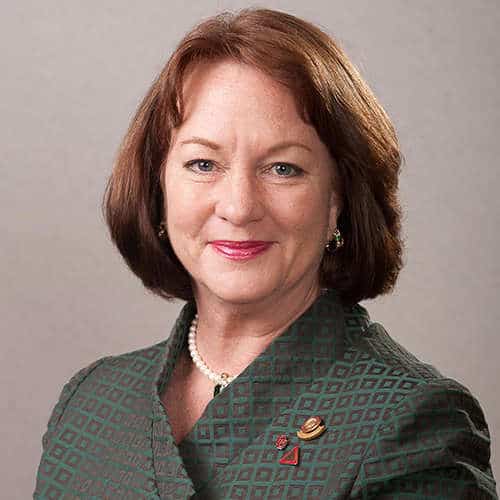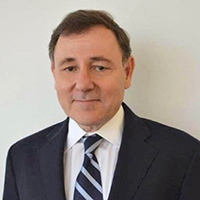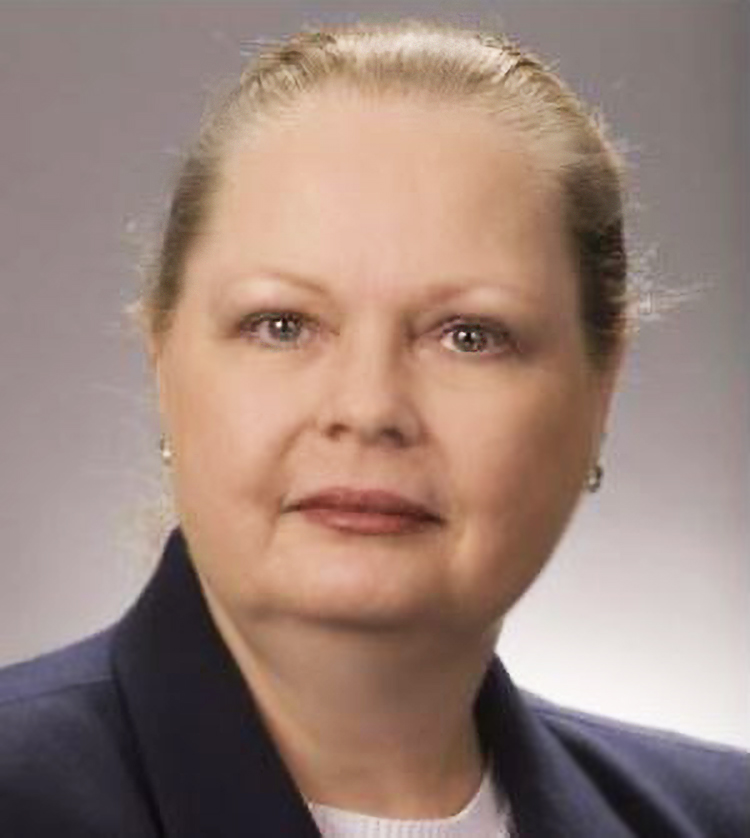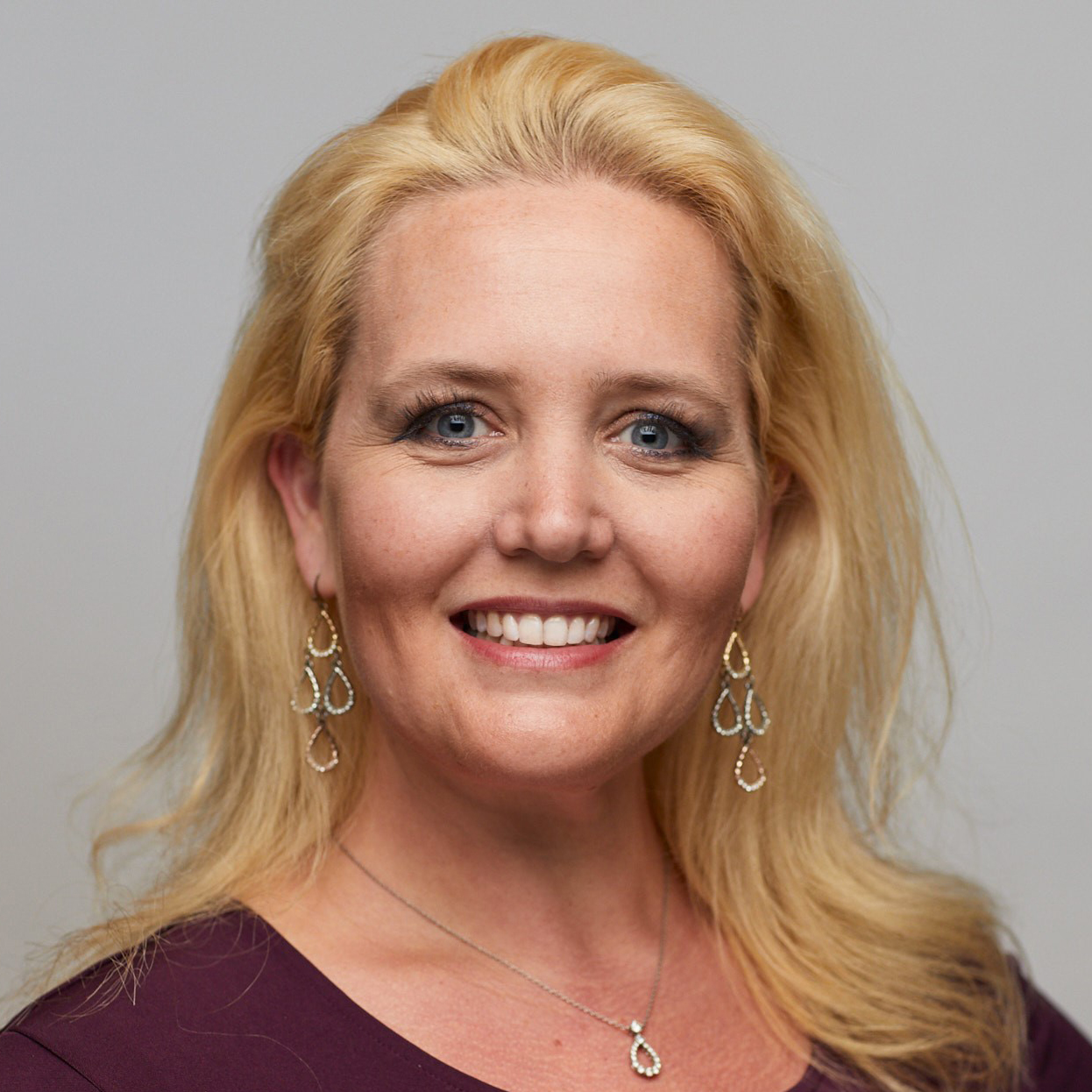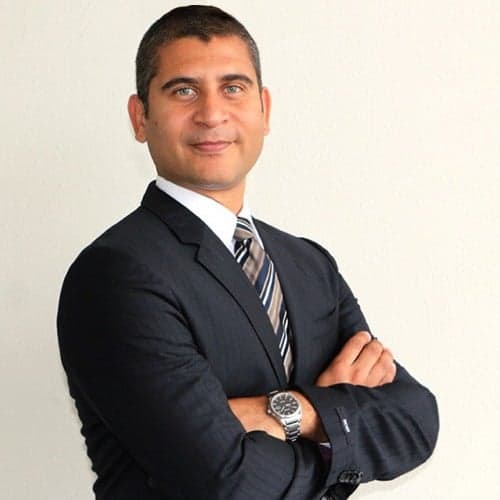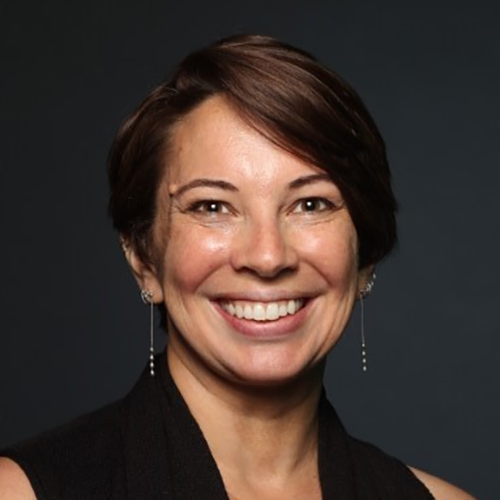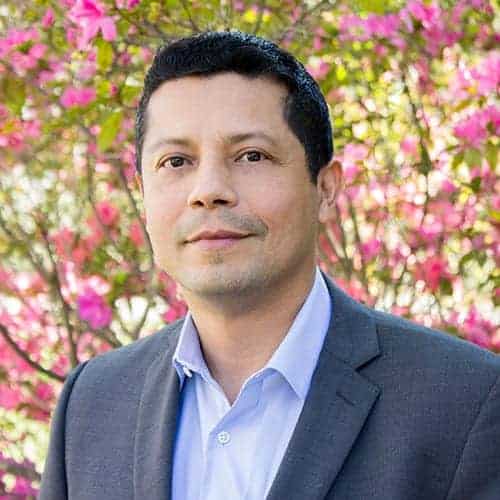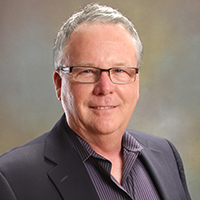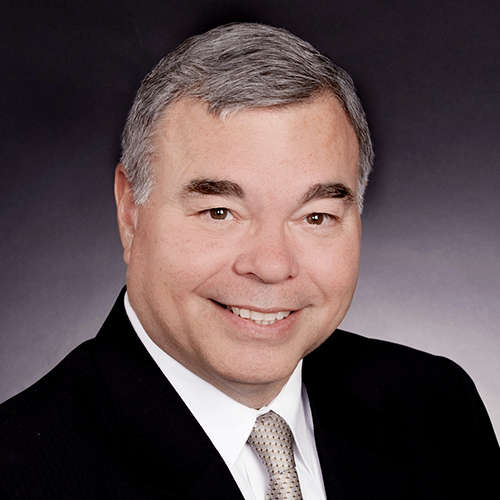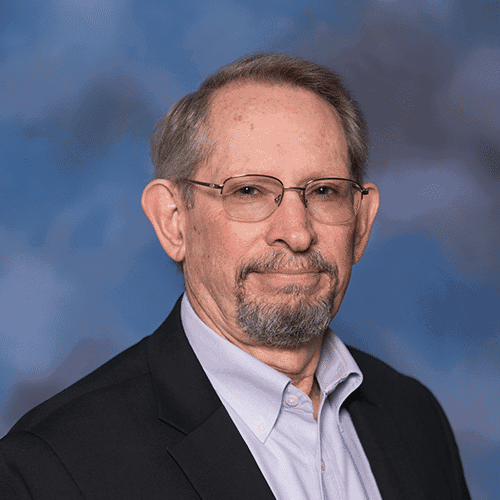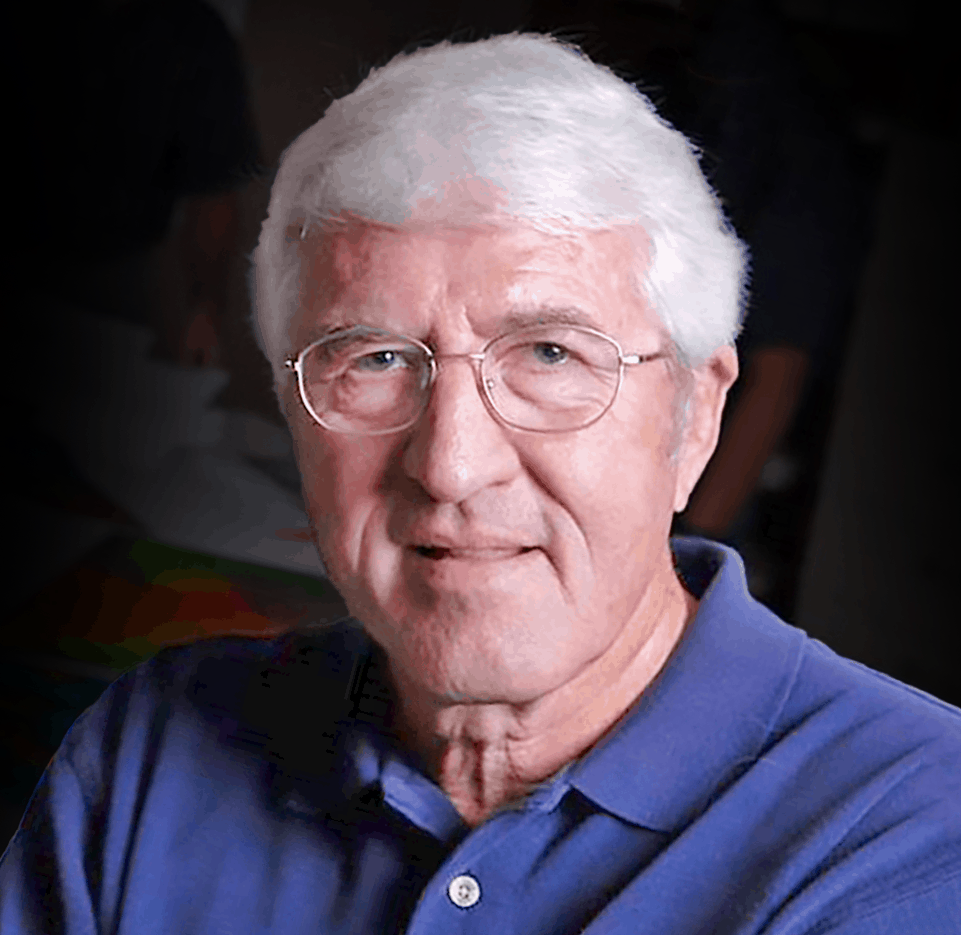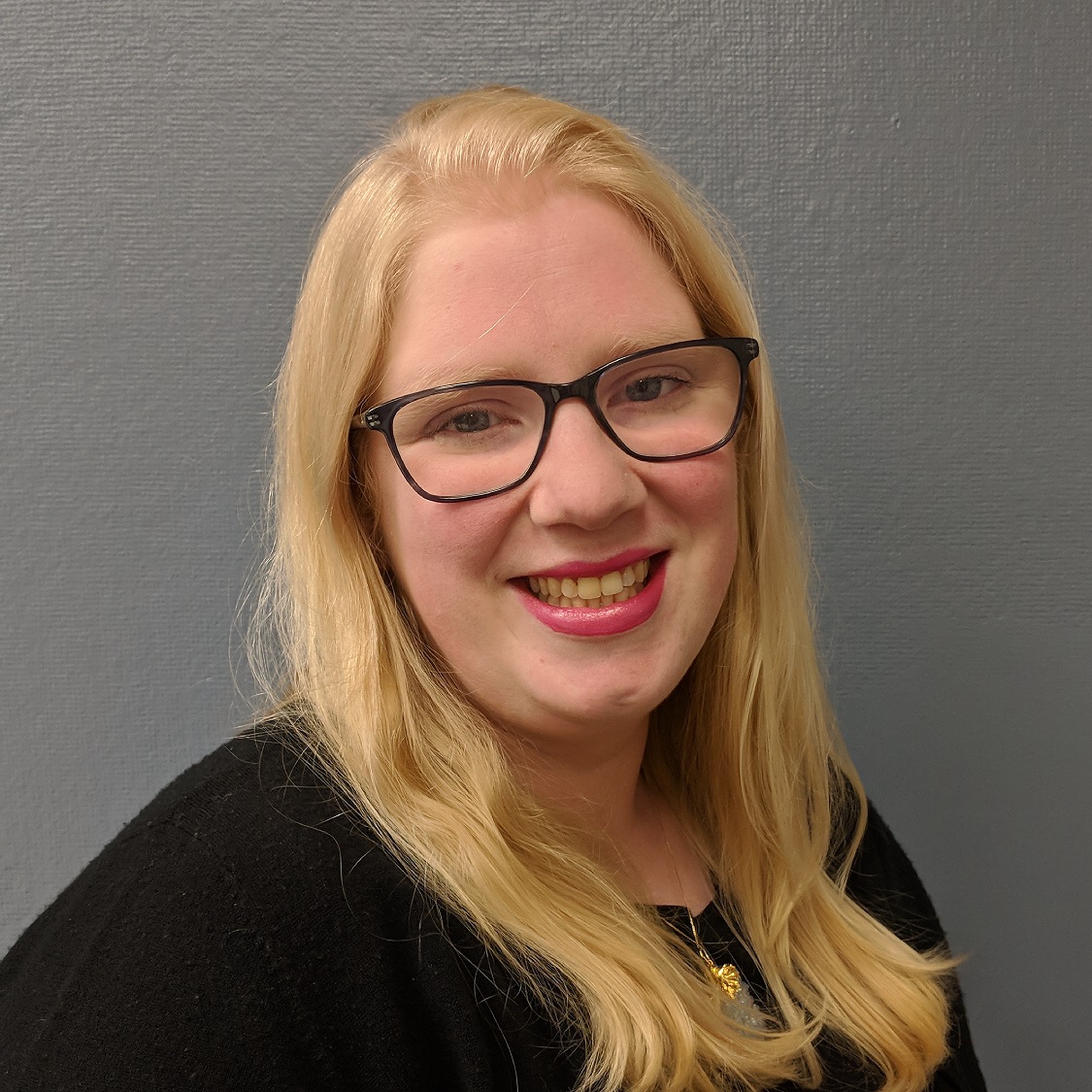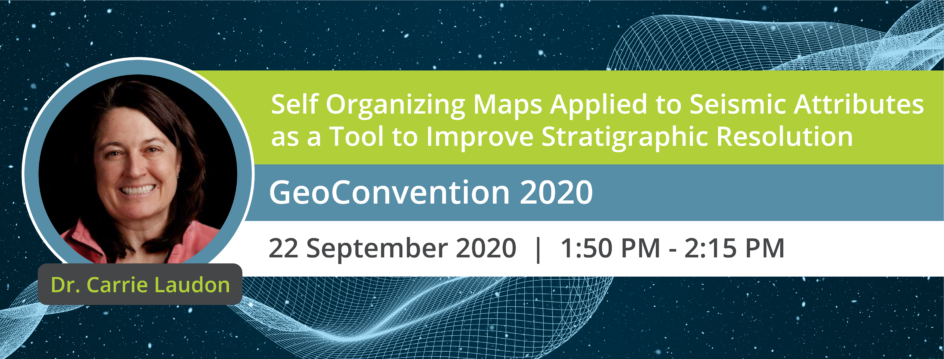
Dr. Carrie Laudon, a Senior Consulting Geophysicist for Geophysical Insights, will be presenting virtually at the GeoConvention 2020.
Abstract:
Machine learning, both supervised and unsupervised, adds tools for seismic interpretation that should be considered as a routine step in the interpretation process. Self organizing maps (SOM) are especially well suited for improving stratigraphic resolution. This will be demonstrated with case studies.
Introduction
Over the last few years, because of the increase in low cost computer power, individuals and companies have stepped up investigations into the use of machine learning in many areas of E&P. For the geosciences, the emphasis has been in reservoir characterization, seismic data processing and to a lesser extent, interpretation. The benefits of using machine learning (whether supervised or unsupervised) has been demonstrated throughout the literature and yet the technology is still not a standard workflow for most seismic interpreters.
This lack of uptake can be attributed to several factors including: a lack of software tools, clear and well-defined case histories and training. Fortunately, all these factors are being mitigated as the technology matures. Rather than looking at machine learning as an adjunct to the traditional interpretation methodology, both supervised and unsupervised machine learning techniques should be on the front end of the interpretation workflow.





